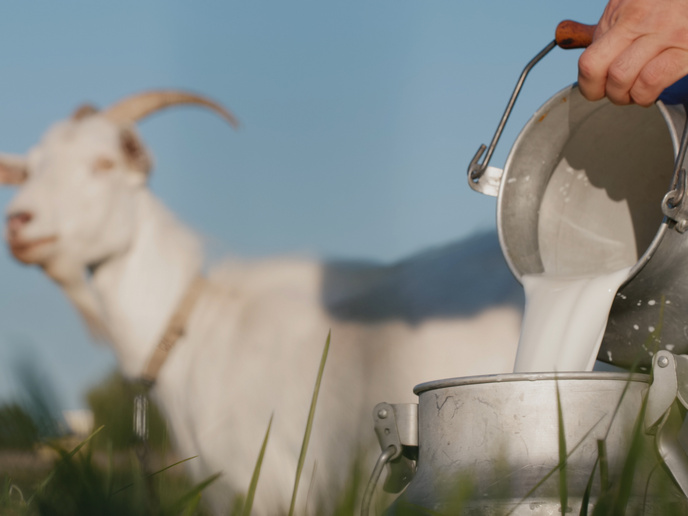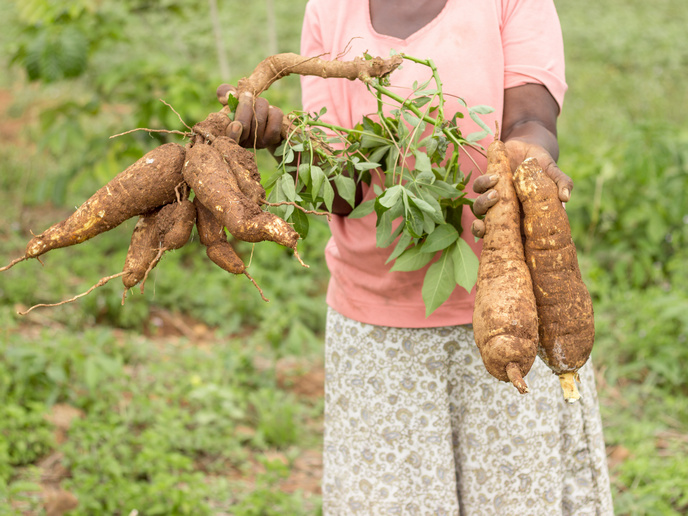Consumer-driven farming systems for the future
While demand for livestock products continues to increase, the pressure on farmers to reduce their environmental impact and take account of animal welfare has never been more intense. These challenges are compounded by localised issues such as limited resources, water scarcity and specific conditions on the ground. The EU-funded Code Re-farm(opens in new window) project sought to address these issues by identifying sustainable production systems suited to specific regions and capable of meeting consumer demands. To achieve this, the project brought together an interdisciplinary consortium that included animal experts, technology specialists, consumer-focused groups and business model developers. “We wanted to take a holistic approach that took account of different farm systems, the treatment of animals and the opinion of consumers,” explains project member Maria Anastasi from the Cyprus Research and Innovation Center(opens in new window) (CyRIC) in Cyprus. “We looked at the whole value chain, from farm to fork.”
Ensuring sustainability meets consumer demand
The project focused on two angles. The first was how animals are treated in different farming systems for poultry and goats, while the second was about ensuring that final products – chicken meat and eggs, goat milk and cheese – meet consumer demand. “We began by auditing commercial farms used in the project,” adds Anastasi. “We checked facilities to see how animals were treated and carried out welfare assessments twice a year.” Different farming systems in Greece, Italy and the Netherlands were involved. Final products such as milk, eggs and meat were also tested for quality and safety. Code Re-farm also developed technologies and novel tools for milk and egg analysis, preclinical mastitis detection and microbiome analysis. Automated animal health and welfare assessments as well as an analytics platform for quality monitoring of products were developed. The project also sought to link consumer perceptions of farming systems – for example a perceived dislike of intensive farming – to actual final products. Taste tests were carried out, to help farmers ensure that farming systems were capable of producing products that meet consumer demand. Viable business models that took account of various scenarios through to 2050 were then developed.
New tools for agriculture
A number of interesting findings were gathered. For example, some intensive farming systems appeared to make animals more prone to certain diseases. At the same time, consumers often favoured the taste of products produced through intensive farming. Anastasi suspects that this is about flavours that consumers are accustomed to. “In terms of new tools, the milk scanner to detect mastitis at the milk parlour provided very good results,” she says. “We also showed that camera equipment, AI and machine learning can be used to monitor animals in very remote areas.” CyRIC is moving forward with its egg analysis prototype for quickly detecting toxins. The aim is to further refine the technology and make it usable in supermarkets and restaurants.
Targeted farm to fork approach
“Not everything worked in the end, but this project gave us the opportunity to better understand the gaps in the industry,” notes Anastasi. “Another important finding was the need to step back and better understand and communicate what we mean by sustainability. Talking with farmers and end users can lead to different interpretations.” Another key lesson is that a one-strategy-fits-all approach does not necessarily work for the agricultural sector(opens in new window). Climates are different, terrains are different and animals grow differently. “There cannot be one policy for all,” says Anastasi.







